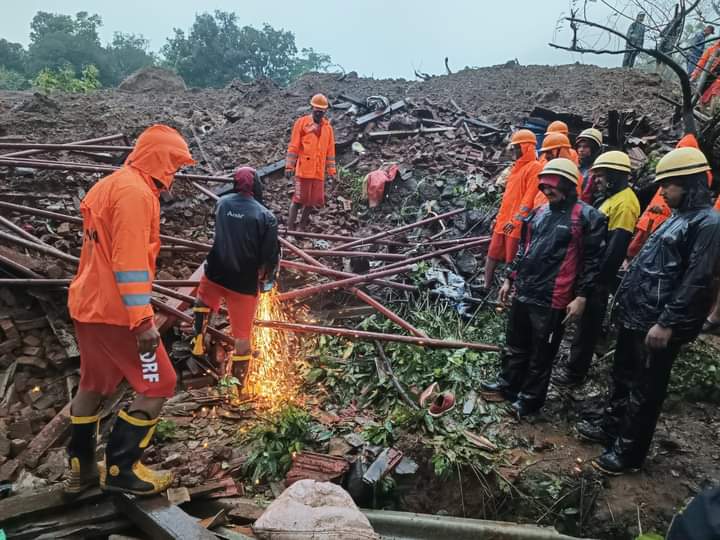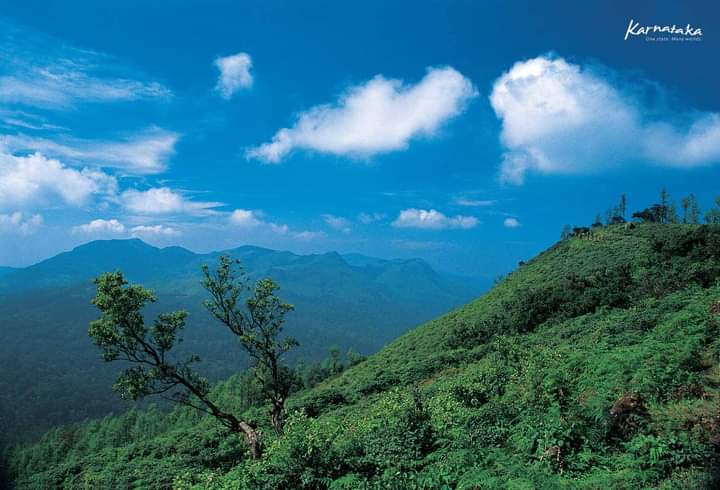A landslide is a geological phenomenon that involves the downward movement of a mass of rock, soil, or debris on a slope. These events can range in scale from small and localized to large and devastating, potentially causing loss of life and significant damage to property and infrastructure. Landslides can occur in various forms, including rockfalls, debris flows, mudslides, and earth slumps.
Several factors can contribute to the occurrence of landslides:

Natural Causes
Natural geological processes and environmental factors can trigger landslides. Heavy rainfall, rapid snowmelt, or volcanic activity can saturate the ground, reducing its stability and leading to landslides.
Slope Characteristics
The angle of the slope and the type of material comprising it are critical factors. Steep slopes are more susceptible to landslides, especially if the underlying material is weak or poorly consolidated.

Underlying Geology
The type of rock or soil present in a slope can influence landslide susceptibility. For example, loose, unconsolidated soils, such as clay or silt, are more prone to failure than solid bedrock.
Human Activities
Human actions, such as deforestation, mining, construction, and irrigation, can disturb the natural equilibrium of slopes, making them more prone to landslides. Construction activities, in particular, can alter drainage patterns and add weight to the slope, potentially triggering instability.

Earthquakes
Seismic activity can be a significant trigger for landslides. Earthquakes generate ground shaking that can weaken slopes and cause them to fail.
The process of a landslide typically involves the following stages:
Preparation
Factors like prolonged rainfall or changes in groundwater levels begin to weaken the slope’s stability. These changes can go unnoticed but set the stage for a potential landslide.

Triggering Event
An external force, such as intense rainfall, an earthquake, or human activities, directly initiates the landslide.
Movement
The material making up the slope starts to move downslope due to the decreased friction and increased pore pressure within the slope material.

Deposition
The landslide debris comes to a stop at the base of the slope, forming a deposit called the “toe.”
Landslides are common natural hazards in many parts of the world. They can be challenging to predict accurately, but researchers and authorities work to identify vulnerable areas and take preventive measures to reduce the risk of catastrophic events.
Monitoring changes in slope behavior, installing protective structures, and implementing proper land-use planning are some of the strategies used to mitigate the impact of landslides on human communities.




